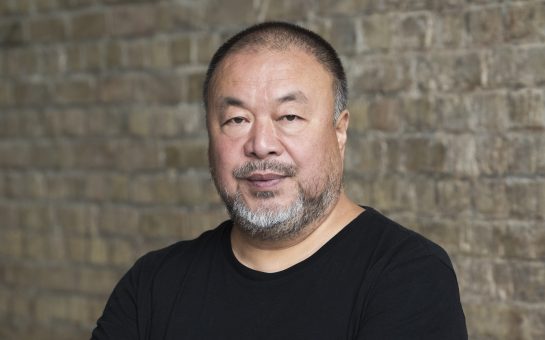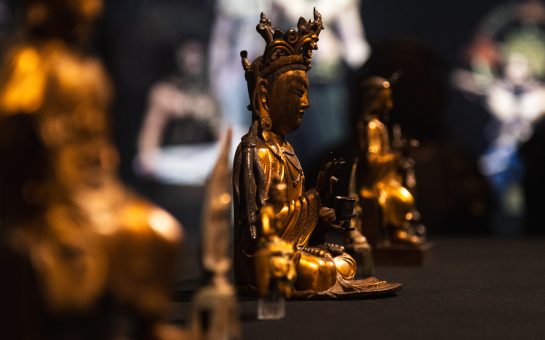Each morning we wake up and complete the necessary odds and ends before the ‘real work’ begins.
For some, this may involve preparation for school, work or a much needed vacation. But for others, it may be as simple as 15 minutes of quite time to read, laugh and give thanks.
But at some point in our morning routine, we all stand before a mirror. We scrutinise or praise the image we see, and then move on to begin our day.
Imagine standing before the mirror and seeing a reflection you don’t recognise…or even worse, not seeing anything at all.
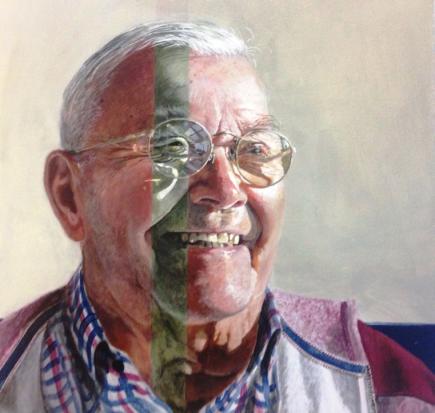
EYE-CONE-IC: Cone cells react to light creating our daytime colour vision
MM’s artist of the week, Lucy Burscough, gives us a unique glimpse of what it would be like if we woke up one morning, and this happened to us.
Lucy is a seasoned painter and sculptor, who lives in Manchester.
Her exhibit Look200, is comprised of a collection of masterpieces that celebrate Manchester’s contribution to the global understanding of how the human eye functions.
The exhibit is currently on display in the lobby of Manchester’s Royal Eye Hospital.
Lucy said on her website: “I paint people. They inspire me to put paint to canvas.
“I am interested in them as fellow human beings, in their families, backgrounds, histories and experiences that each shape the figure they are at the moment they sit for me.”
Her sharp attention to minute detail and masterfully arranged pieces, all contain a scientific element related to the eye.
Lucy said: “The Contemporary researcher at Manchester University, Rob Lucas, discovered photosensitive retinal ganglion cells or ipRGCs.
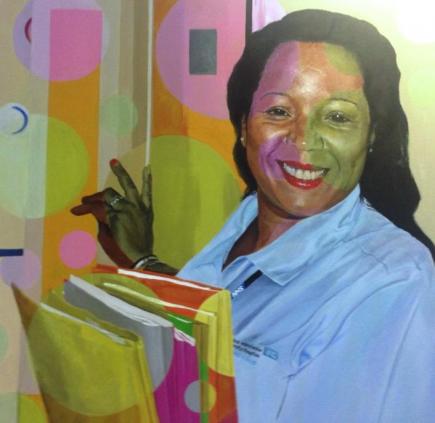
BRIGHT EYES: How well we detect reflected light shapes our sight
“Lucas also showed us that ipRGC’s can help us recognise the minute differences in brightness that occur when light is reflected off objects, helping us to see their shape.”
Lucy’s painting Professor Rob Lucas: Monochrome Cone Vision allows viewers to experience a picture created by the cone cells in our eyes.
The cone cells react to light and create our daytime colour vision.
She added: “The colour has been removed to show some of the other image qualities that these cells transmit to the brain.
“These cells help us find the edges of objects and place objects in space. However, they are not good at recognising the subtle differences in luminescence.”
To offer an extra personal touch, Lucy has taken the time to paint beautiful portraits of patients in Manchester’s Royal Eye Hospital.
She explained that the ‘lady with the pearl earrings’ enjoyed watching her paint. It allowed her to relax and to forget about her worries.
The genesis of Look200 began in January of 2014.
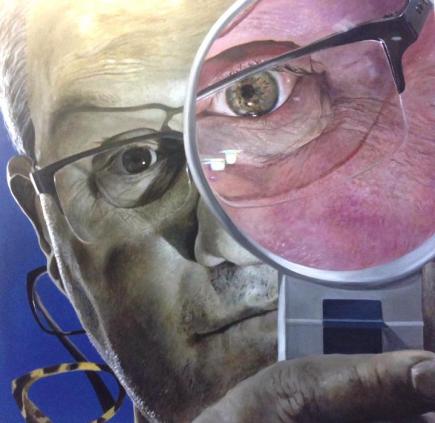
THROUGH THE LOOKING GLASS: Lucy’s work is a real eye-opener
The works were inspired by John Dalton, the first person to identify colour blindness as a disorder, and Rob Lucas a professor of neurobiology at Manchester University.
The exhibit has been rendered a success and joy by staff and visitors to the Royal Eye Hospital.
Lucy’s pop-up studio has had a profound impact on the well-being of patients in the hospital that will be sure to last for many years to come.
People are encouraged to visit Manchester’s Royal Eye Hospital to take a peek at Look200, which is open until November 2. Who knows, you may just find Lucy painting your portrait next!
